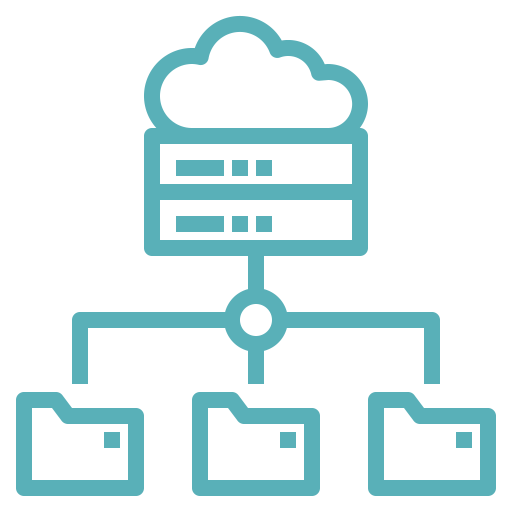SUCCESS STORY
Complete Financial Closing, Consolidation, Planning and Analytics Solution
SITUATION STATEMENT
A mid-sized technology company in Southern California specializing in healthcare management software solutions had a problem with effective reporting off their financial systems. They were unable to complete their periodic financial closing on time and their finance department was spending hours and hours on manual data processing to generate the required reports and analytics.

3-Year
Roadmap

Central Data Repository

Consolidated Authentication System
Amick Brown Assessment
The company had recently implemented SAP ECC for their Finance, Sales and Procurement processes. The implementation was highly customized especially in the area of Project Systems with some of the business processes not following SAP best practices. There was no data warehouse, in-memory database or reporting/analytics system implemented. The transactional system with a traditional database was used for reporting with custom built reports with no reusable components and involving batch processing during crucial transaction hours. Financial statements, reports and analytics were prepared manually. Data between two company codes were manually integrated for consolidation.
The budget, planning, forecasting and consolidation processes was completely manual because of a failed implementation of SAP BPC. The BPC implementation had failed on several fronts having used incompatible technology, unintegrated systems and without automated data transfer from the transaction system.
Security setup was done on an adhoc basis with too many roles and did not follow best practices. There was also no unified user interface for user access.
SOLUTION:
Strategy Roadmap
Amick Brown prepared a comprehensive strategy roadmap for 3 years with due attention to people, processes, data and technology. Following the road map, a requirement gathering exercise and preparation of a business blueprint was completed.
Business Process Changes
Business process changes were recommended in the financial accounting, sales and distribution, project systems and revenue recognition processes. This would help reduce the system customizations. Subsidiaries were brought in to the same transaction system.

Data Harmonization
Central data repository comprising of SAP business warehouse with layered scalable architecture was implemented making full use of native SAP extractors. Completely automated processes were implemented to keep the transaction systems and the data repository in sync. Reporting infrastructure was built using native SAP reporting tools. Business Objects Suite was implemented for reporting and analytics using the central data repository.
Follow Best Practices
A Netweaver based BPC solution fully integrated with the SAP transaction system and the Business Warehouse was implemented and the existing unintegrated SAP BPC system that had not followed best practices was decommissioned. Planning, Budgeting, Forecasting and Consolidation processes were implemented in SAP BPC and guidance was provided for completing the financial closing process in production. An Excel based front end provided accounting superusers with the tools required for slicing and dicing data.

Unified user interface
SAP Netweaver Portal was implemented as the unified platform for user access for all the transactional, planning & consolidation, reporting and analytics systems. Roles based on business functions were created to provide easy access to users to get where they wanted.
Security
A complete functional role matrix was created to identify business roles and data security requirements. A central authentication system was created to allow users to logon to the unified platform. Authorizations built in the various systems in the landscape were mapped to the user interface and seamless single sign-on was implemented across the enterprise.





